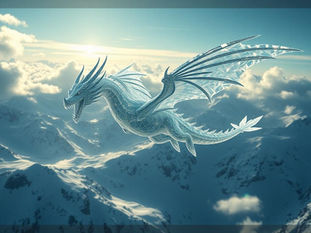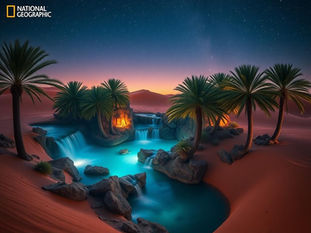
Comparing Midjourney V7 and OpenAI's GPT-4o for Visual AI
May 3
3 min read
0
11
0

Two big names in AI image creation just made major updates. Midjourney released V7, and OpenAI shared GPT-4o. Both tools create images, but they have different strengths. This post looks at how they compare and what it means for making art with AI.
What Midjourney V7 Offers
Midjourney V7 is now available. It brings several important changes.
Default Raw Mode: Images look very detailed and lifelike.
Faster Creation: Images render much quicker, sometimes almost instantly.
Better Details: It shows improvements in anatomy, lighting, depth, and drawing hands.
Style Prompts: The AI follows style instructions and does better with remixing images.
Sharper Images: It uses newer data and internal tuning for clearer results.
This update shows Midjourney is improving its core image generation abilities.
How GPT-4o Creates Images
OpenAI's GPT-4o came out just before Midjourney V7. It can make images directly inside Chat GPT.
Here's how it stacks up:
Integrated: It's built into the Chat GPT conversation flow.
Fast: It can generate images very quickly.
Accessibility: Available on web, mobile, and works with voice prompts.
GPT-4o feels more like a helpful tool within a larger chat system. Midjourney V7 focuses purely on high-quality images.
Midjourney V7 vs. GPT-4o: Key Differences
Looking at both, we see different goals. Midjourney V7 aims for more artistic, detailed, and consistent pictures. GPT-4o is faster and easy to use within a chat.
Many see Midjourney V7 as the creative generator and GPT-4o as the quick helper. This shift is changing the AI art space. Some people focus on chat prompts, while others focus on visual prompts within Discord.
Midjourney is still the main player for artists who want control and quality, but GPT-4o's ease of access is a strong point.
Making the Most of Midjourney V7
With V7's updates, improving your prompts helps a lot. Try using different words to describe lighting (like "cinematic lighting"), focus ("sharp focus"), or art style ("digital painting"). Playing with settings like chaos level and aspect ratio gives you more control over the image style.
Using remix mode lets you test ideas quickly. Midjourney works best when you experiment with your instructions.
Manage your experiments efficiently with the TitanXT Midjourney Automation Suite. It helps streamline your workflow so you can focus on creativity.
What You Can Create with V7
Midjourney V7 can be used for many projects:
YouTube thumbnails
Book covers or album art
Product mockups
Game assets
Storyboards
It gives creators powerful tools to quickly generate visuals.
Limitations to Know
Even with its strengths, Midjourney V7 has limits right now.
No text in images: It can't reliably add words to pictures.
Limited editing: You can't easily edit or erase parts of an image within the tool.
Discord-only: You still need to use it through Discord. There's no web or mobile app from Midjourney yet.
This is where GPT-4o's wide availability on different devices is a big advantage.
The Road Ahead for AI Images
The race between Midjourney and OpenAI is pushing AI image creation faster. Midjourney V7.1 is planned with more ways to interact with images. OpenAI might add visual editing in future GPT versions. Other models like Deepseek, Gemini, and Claude are also working on visual AI.
Tools that help you manage prompts and track your work, like the TitanXT Midjourney Automation Suite, will become even more useful as AI tools advance. Use the Midjourney Automation Suite from TitanXT to handle multiple prompts and manage your creative library.
In Summary
Midjourney V7 delivers high-quality, detailed images, positioning itself as the tool for serious artists. GPT-4o offers speed and ease of use within a common chat interface. The choice depends on your needs: creative depth from Midjourney V7 or quick integration from GPT-4o.
The competition between these tools means faster improvements and more options for everyone who creates with AI.






